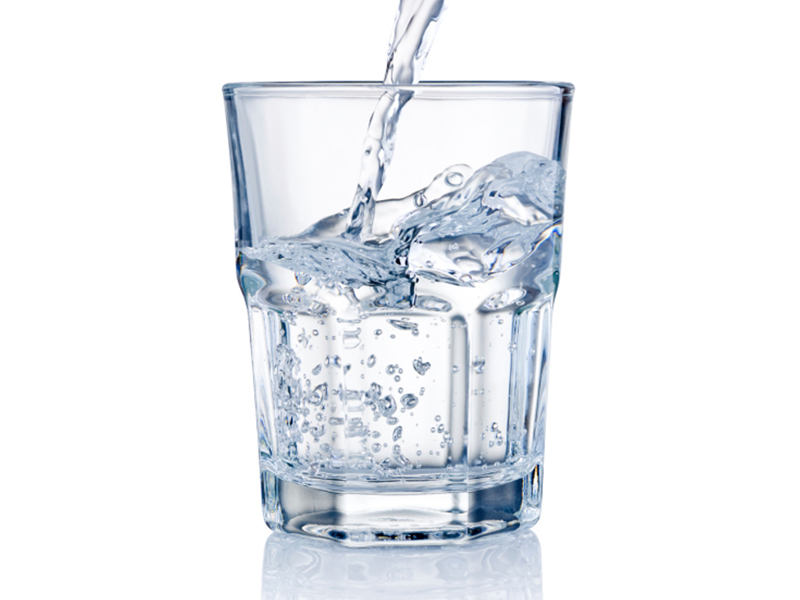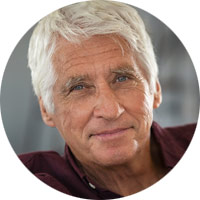Get Easy Health Digest™ in your inbox and don’t miss a thing when you subscribe today. Plus, get the free bonus report, Mother Nature’s Tips, Tricks and Remedies for Cholesterol, Blood Pressure & Blood Sugar as my way of saying welcome to the community!
The simplest fix for what ails you

Unintentional dehydration is a plague on the world and is likely a causal factor in many of the symptoms we think are signs of disease. In other words, when most of us think we are sick, what we are is thirsty.
About 75 percent of Americans are chronically dehydrated. They drink acidic, sugary soft drinks, sugary flavored waters and imitation juice drinks, but those do not provide hydration. In fact, acidic drinks and acidic animal protein-heavy American diets, along with the drugs many Americans take (particularly antihistamines), compound their dehydration.
The older we get the less water we tend to drink. This leads to an increasingly off-kilter acid/alkaline balance which begins a death spiral.
The hypothalamus center of the brain controls how a person perceives thirst. For some reason, older people begin to fail to perceive they are thirsty and reject efforts to get them to drink more.
Lack of water — dehydration — creates thirst, fatigue, weakness, pain and loss of appetite and leads to a buildup of toxic acidity. It’s a long, slow process of decline. As it gets worse, it develops into headaches, loss of concentration, loss of balance, increased irritability and delirium.
Low oxygen levels come with acidity. To contract an infection our internal environment has to be acidic. Wouldn’t you guess that this is why some people develop colds and flu when others don’t in the same environment? The medical establishment is confusing symptoms with disease. Disease arises within and develops from an acid and dehydrated environment.
Water detoxifies the body by flushing toxins out of the organs. It carries nutrients to cells and helps to provide the proper moist environment for the ear, nose and throat.
Water lubricates joints. Cartilage is 65 percent to 80 percent water. The University of Maryland Medical Center recommends drinking six to eight glasses a day to help stave off osteoarthritis.
Water acts as an appetite suppressant. Drinking two 8-ounce glasses of water before a meal results in a decrease, on average, in the consumption of about 300 calories per day.
Water can prevent aging. No, it’s not a magical fountain of youth. But aging is increased by acidity, and acidity leads to death. Water consumption helps you to maintain a proper pH level, which aids all bodily functions.
Drinking water with meals makes your food taste better. Other drinks, particularly sugary drinks, mask the real taste of the food you eat.
Robert Butts of the Water Cure said: “[Water] is a simple fix for 90 percent of all mental and health problems. Forget what disease label they put on your problem, just eliminate the simple cause. Quit caffeine, alcohol and soda. Drink water and add sea salt to food.”
Why sea salt and not the white stuff most people have on their kitchen table? Most commercial refined salt has been harvested mechanically from various salt mines as brine. Brine is a highly concentrated solution of water and salt. But before the salt is mechanically evaporated, the brine is doused with chemicals that remove from the salt all the minerals beneficial to your health so they can be resold to other industries.
Sea salt is made of essential nutrients and minerals including magnesium, calcium, sulfur, bromide, iodine, zinc, potassium and iron. These mineral electrolytes are used within the body much differently than processed sodium chloride. You’ll find sea salt doesn’t cause swelling like sodium chloride does. In addition, natural salts from plants are also used by the body for the reversal of disease. And you need a healthy salt balance to hydrate and eliminate numerous health issues.
For starters, lack of water is the No. 1 trigger of daytime fatigue. And research indicates that 8 to 10 glasses of water a day can significantly ease back and joint pain for up to 80 percent of sufferers.
Eight to 10 glasses of water a day will also reduce the risk of colon cancer, breast cancer and bladder cancer.
But you should avoid water with chlorine and fluoride when possible by installing a water filter in your home. Only a reverse osmosis filtration system or a distillation system will remove both chlorine and fluoride.
A protocol of water for hydration and replacing table salt with sea salt can cure many ills. How much to drink? Most medical sources recommend everyone drink eight glasses (8-ounces per glass, or equivalent) per day.
A good rule of thumb is to monitor your urine. It should be colored like light straw. And each day you should drink one glass of water with a little sea salt mixed in to cure stomach acid problems.
If you are providing care for a senior adult and cannot get him or her to drink enough water, try these tips from Lifestyle Options:
- Use a closed-top container with a straw.
- Find a healthy drink that the elderly person actually enjoys. If it doesn’t taste good, it most likely will not be consumed. Besides water, provide real fruit juices, herb teas and broth.
Provide plenty of high-water-content foods such as soups, Jell-O, yogurt, cottage cheese, pudding, fruits and vegetables (especially oranges, apples, grapes, any type of berry, watermelon, carrots and leafy vegetables) or fruit and/or vegetable smoothies.
Editor’s Note: Did you know that people who get the least amount of real salt in their bodies are the most likely to die from heart disease? And there’s diabetes, colon cancer… all possible from a lack of real salt. Follow this link and I’ll show you the easiest and fastest way to restore your body and health with salt water.












